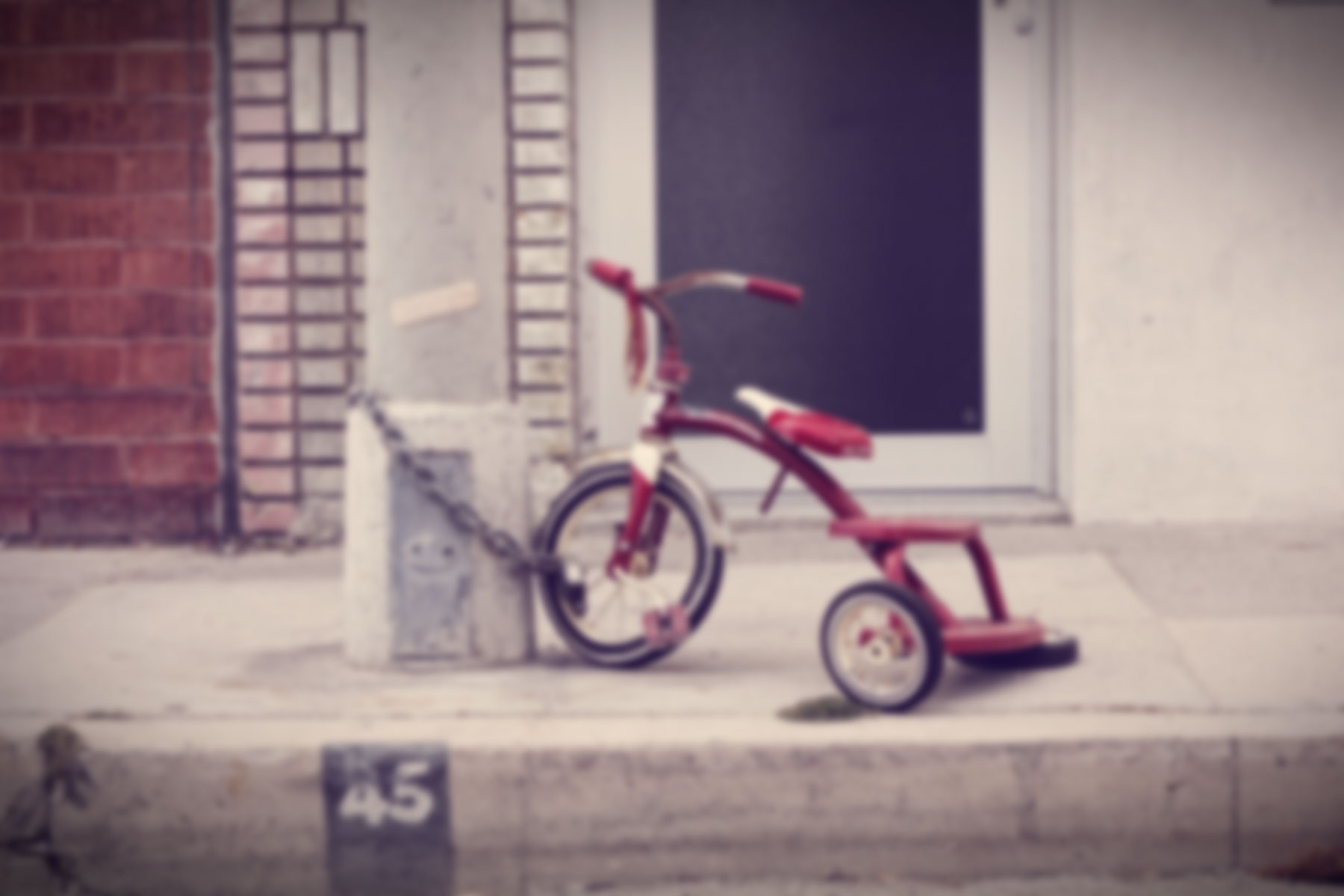When I took this picture of my friend Gaela (who is a girl, not a cat), was I engaging in photography, child care, or both? What if I stayed at Gaela’s house while her parents stepped out to a party on a Saturday night, spending most of my time curled up on the couch writing a blog entry after she had gone to bed? Would I be providing child care?
Guest blogger Charlene Kalenkoski of the Ohio University Economics Department is doing research that addresses these questions:
****************************************************
The introduction of the American Time Use Survey (ATUS) a few years ago spurred research by U.S. economists into the time parents spend caring for their children, a valuable input into the production of child outcomes. But all time is not equal. For example, giving a child your full attention as a parent will have a different impact than just being in the same room with your child while you are watching TV.
Researchers have tried to account for child care of different “qualities” in different ways. One way is to look separately at time spent in child care as a primary activity (child care is the most important activity being done at the time) and child care as a secondary activity (child care is being performed, but some other activity like housework is reported to be the primary activity). Another way is to compare child care as a primary activity and passive child care (the time a parent spends in the presence of a child when child care is not the primary activity-perhaps a parent is watching TV while the child is playing in the same room). A third way is to separately investigate time spent in child care activities that are deemed development-oriented (such as teaching) and those that are not (such as supervising).
Gigi Foster of the University of South Australia, and I propose a fourth way of classifying parental child care time in a working paper soon to be published in Review of Economics of the Household. We propose classifying child care as either sole-tasked (the only activity being performed) or multi-tasked (child care is one of multiple activities being performed simultaneously). In addition to the intensity of child care time, this measure captures variations in the costs to parents of such time. Sole-tasked time has a higher opportunity cost. Our findings show that the classification chosen has significant implications for the determinants of parental child care time.
****************************************************
I want to add that children can impose supervisory constraints even when they are in another room. Some of my recent research in collaboration with Jayoung Yoon and others (“By What Measure?” and “What is Child Care?”) explores the empirical dimensions of supervisory time. I’m hoping to help organize a session on parental time-use at the upcoming meetings of the International Association for Time Use Research (IATUR) in Sydney, Australia, next December.


5 comments for “Child Care Time”